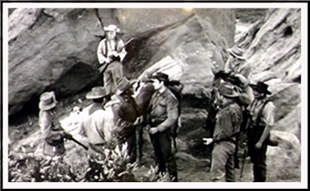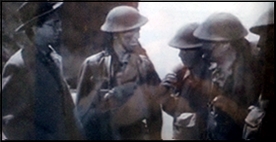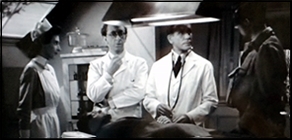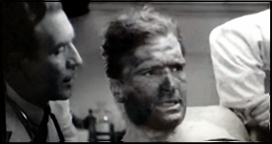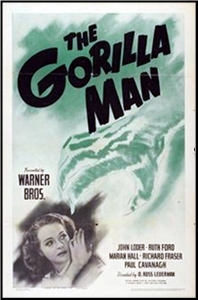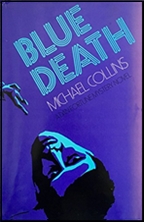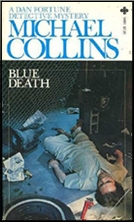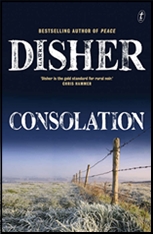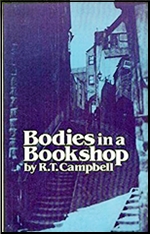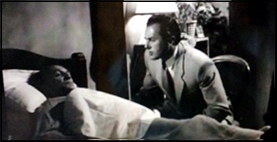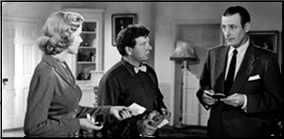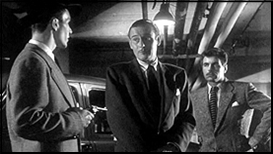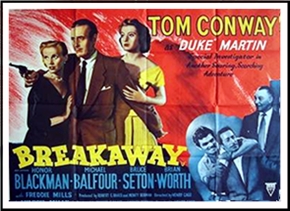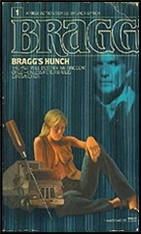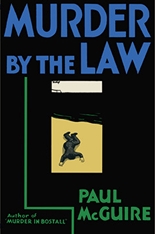Thu 8 Apr 2021
A Western TV Episode Review: CHEYENNE “Mountain Fortress†(1955).
Posted by Steve under Reviews , TV Westerns[7] Comments
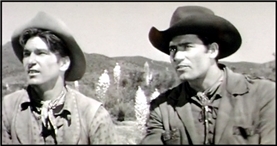
CHEYENNE “Mountain Fortress.†ABC / Warner Brothers, 60m, 20 September 1955 (Season One, Episode One). Clint Walker (Cheyenne Bodie), L. Q. Jones (Smitty Smith). Guest Cast: Ann Robinson, Bob Wilke, Peter Coe, James Garner, John Doucette. Director: Richard L. Bare. Season One has been released on DVD and is also currently streaming on Starz.
As I understand it, Cheyenne the TV series was a hit from the start, and it’s easy to see why. It’s an easy transition from the B-westerns that the TV audience in the mid-50s grew up with in the 1940s, complete with a hunky hero in the laconic Gregory Peck mode (Clint Walker), and a semi-goofy sidekick (L. Q. Jones), in the almost-but-not-quite Smiley Burnette et al. mode.
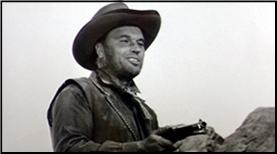
Add a story that wouldn’t be out of place in 1940s, except that it’s one that actually makes sense, plotwise, complete with a secondary cast of villains and cavalry men whose faces were well known in westerns before then, if not their names. (But do note one new face, that of James Garner as a cavalry lieutenant whose fiancée is on board a stagecoach ambushed by Indians. This may have been his first appearance in either movies or on TV.)
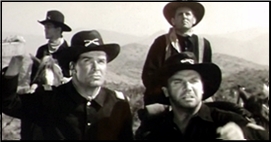
But as it turns out, the stagecoach was also the intended target of a gang of outlaws, who take both Cheyenne and Smitty prisoners, as well as the girl and the stage driver, and when the cavalry comes riding in, looking for the girl, they’re taken hostage too. All Cheyenne has to do to free the others is to guide the gang of outlaws safely to Mexico – through Indian territory, of course, and they’re already trapped on a high mountain top surrounded on all sides.
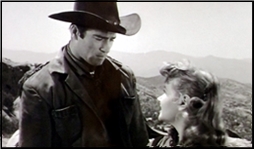
One quick observation, other than the fact, already pointed out, that this little more than a B-western, dressed up only a very very little, and that’s that the body count is very very high on both sides, and maybe that’s because (and this may be way off base) some of the footage used was left over (or re-used) from B-westerns from the 40s. No matter. This series made Clint Walker a very big star at the time (and I am not referring to his height, but as long as you ask, he was 6′ 6″), and the fact that it was on for eight seasons, reflects that.
But one last thing, if I may. The bit with Cheyenne’s sidekick (Smitty) lasted only two more episodes, and he was gone for good. I can only conjecture why. If anyone knows more, that’s what the space set aside for comments is for.
